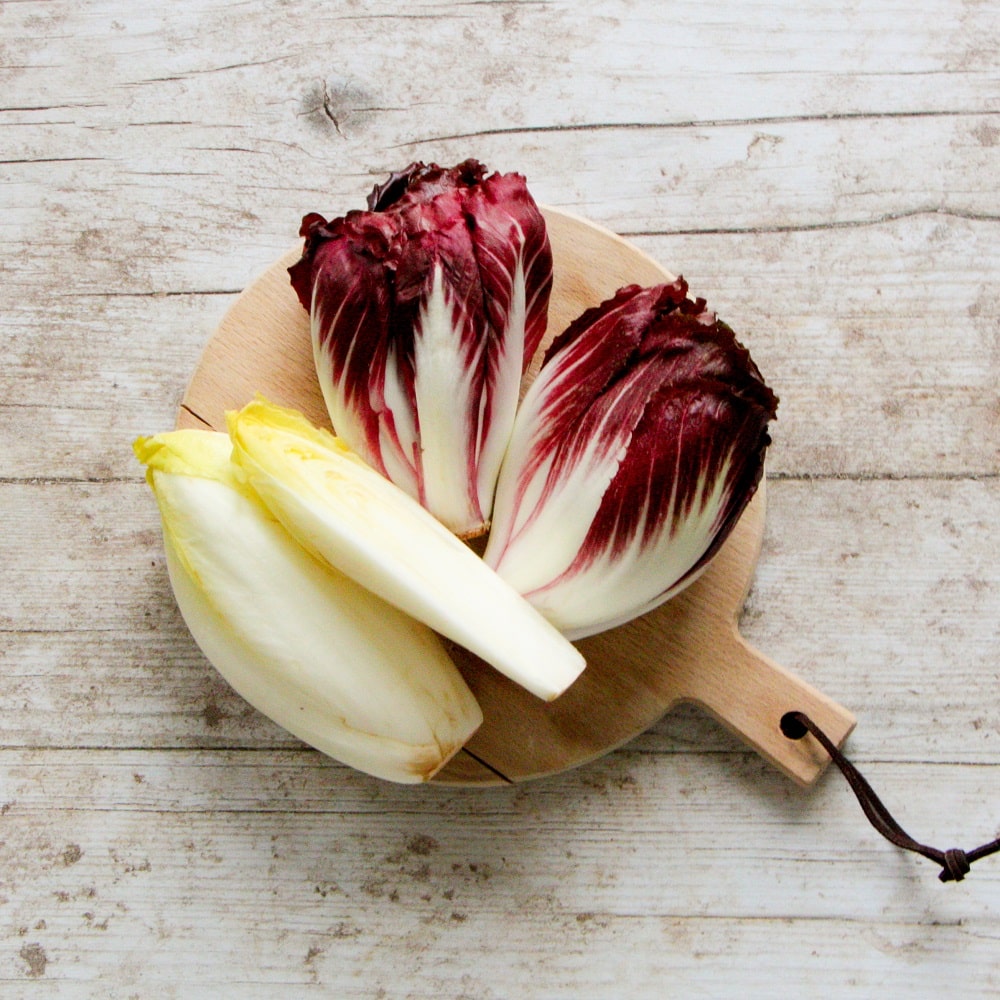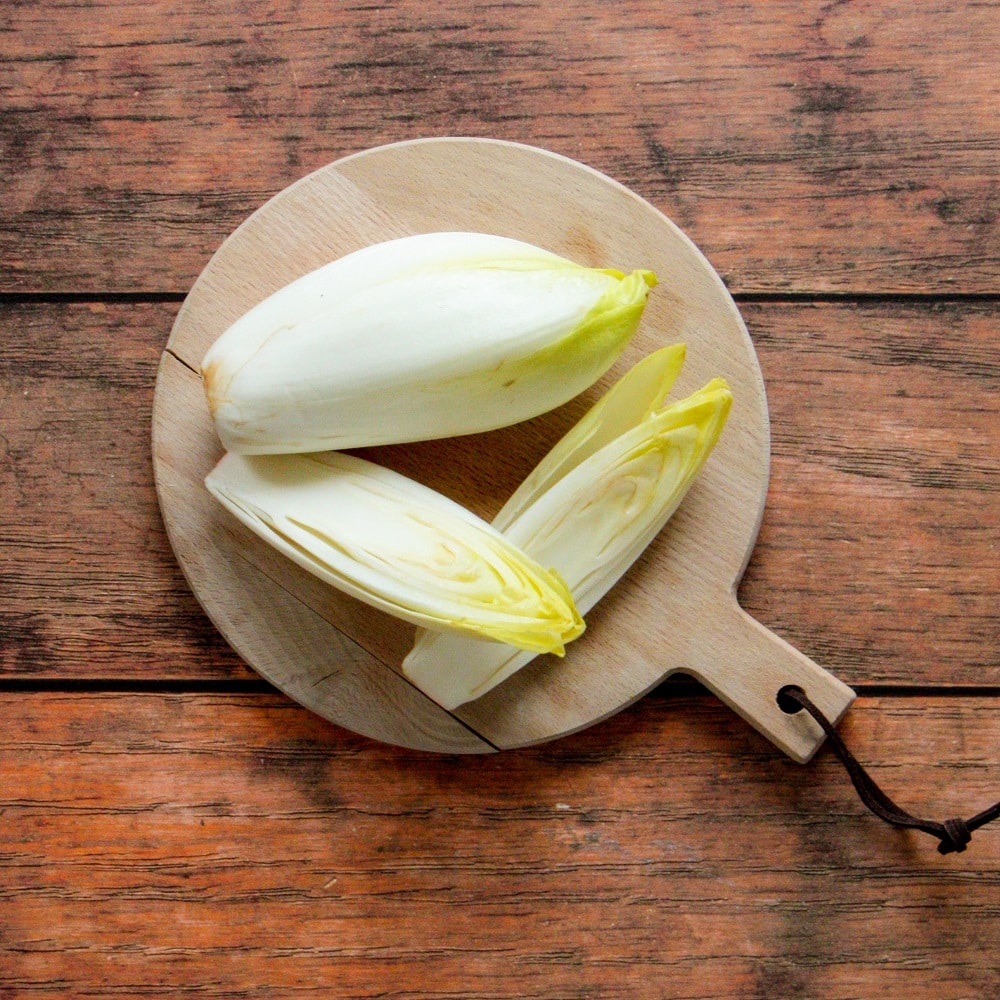The endive
When it leaves its leaves, it has the world at its feet. World leaders in chicory production, the Hauts-de-France region has made them its main ambassadors. It’s a proof that having leaves in the shape of a pagoda is an invitation to travel.
Endive, the pearl of the North
It is clean, does not peel, does not stick to the fingers, can be eaten raw or cooked, and this almost 365 days a year. Endive is a true Pearl of the North. Even if in our northern regions, it is usually called chicon. Moreover, its leaves could appear on the coat of arms of Hauts-de-France so much it embodies the roots of the region.
Imported from Belgium a century ago, the hard-hearted sylph spreads its diaphanous curves throughout the region. And it is exported far beyond. With an annual production of 140,000 tons, we are the world leader !
Red label for open ground
But quantity is not the only criterion. Since 2014, endive grown in the open – just under 10% of the total production – has indeed earned the famous Label Rouge.
Bigger, denser, crunchier and less waterlogged than its soil-free sister, this four-star version has the full attention of the endive grower. He has sworn before the Confrérie de l’endive to protect it from bad weather and the sun’s rays, while keeping its feet at a constant temperature of 18°. But what is his secret weapon? Answer : a shield tunnel, a substrate of blond peat covered with a good layer of straw. The latter will serve as a natural blanket to protect itself from the first cold spells of winter.
Endive in the kitchen
“Divine endive !” say the chefs. And they are right, because chicory knows no limits. It can be enjoyed raw in a salad with rattes du Touquet, in a gratin with maroilles cheese, in a velvety sauce, in a fondue with scallops, in a cake with herring or braised with pork from the Hauts-de-France region accompanied by a sauce of juniper berries and red cabbage.






